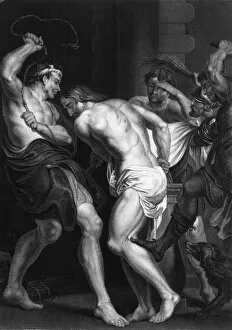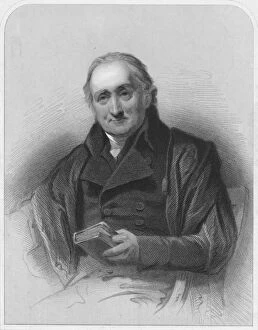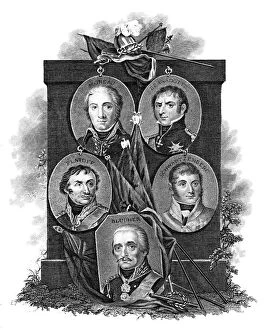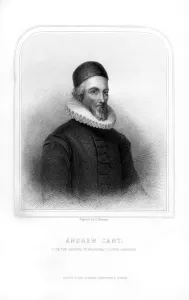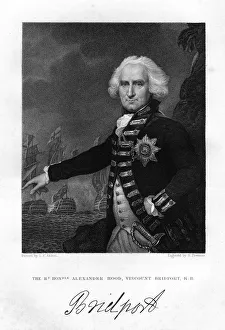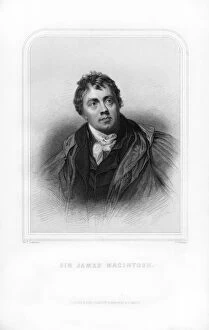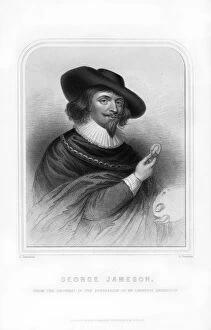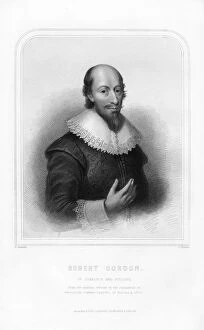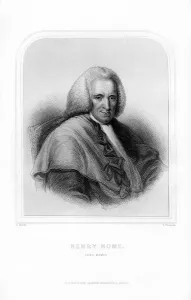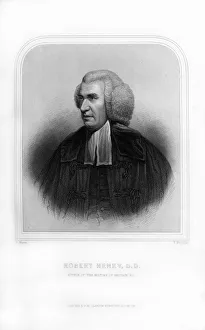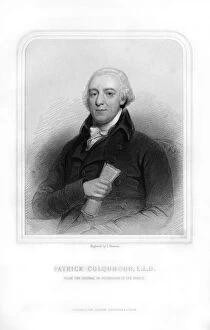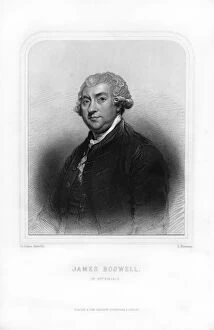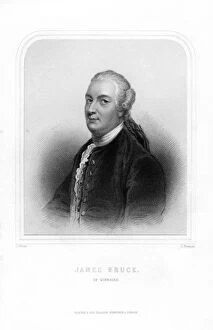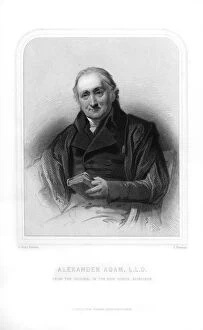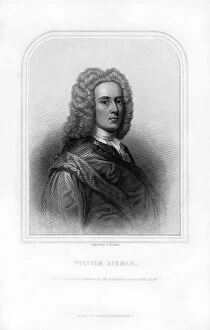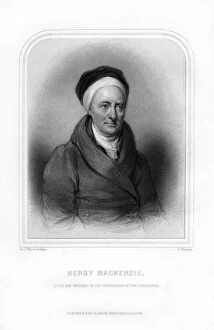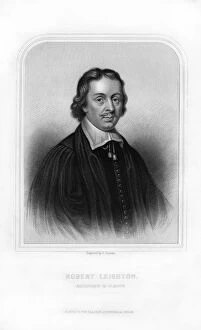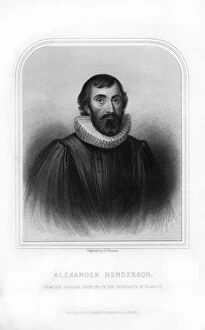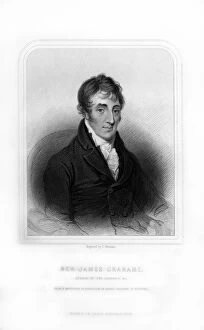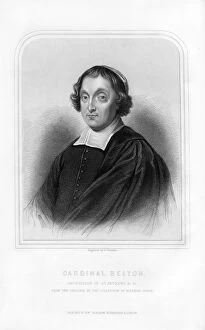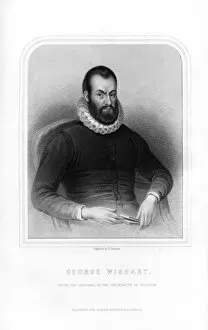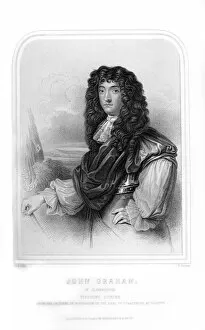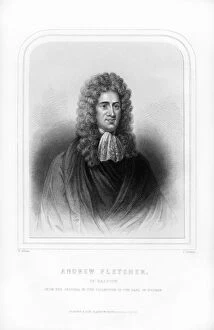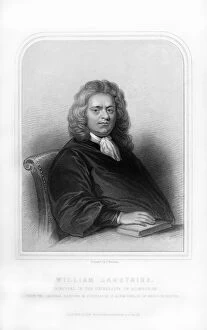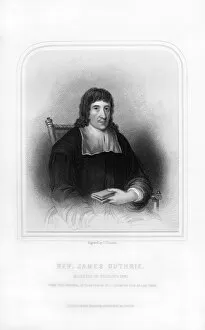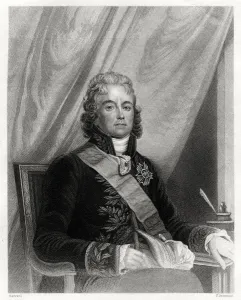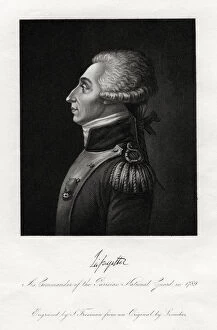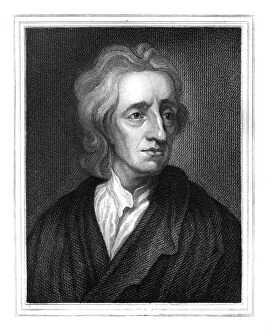S Freeman Collection
"S Freeman: Capturing the Essence of History through Art" Step into the world of 19th-century art with S Freeman
All Professionally Made to Order for Quick Shipping
"S Freeman: Capturing the Essence of History through Art" Step into the world of 19th-century art with S Freeman, a talented creator who beautifully depicted historical figures and events. Through his brushstrokes, he brought to life captivating scenes that have stood the test of time. In one masterpiece titled "By whose stripes ye were healed, " S Freeman skillfully portrays the healing power found in faith. This thought-provoking artwork reminds us of the strength we can draw from our beliefs. Another notable piece by this artist is "Alexander Adam, L. L. D. " Here, Freeman captures the essence of an esteemed scholar from the mid-19th century. The attention to detail and depth in this portrait truly showcases his artistic prowess. Moving on to "William Aikman, " we witness a stunning depiction of a prominent figure from history. With each stroke, Freeman manages to convey not only Aikman's physical appearance but also his character and achievements. One cannot overlook Freeman's ability to immortalize significant moments in history. In "Napoleon Bonaparte dissolving the Council of Five Hundred, " he transports us back to a pivotal event in 1845. The intensity and drama portrayed in this painting are simply breathtaking. Freeman's talent extends beyond capturing individuals; he also excels at creating grand sculptures such as "Statue of Achilles" located in Hyde Park, London. This monumental work stands as a testament to both his technical skills and creative vision. Delving deeper into history, we encounter portraits like those of Anne Hyde, Duchess of York, and Anne Carre, Countess Bedford. These pieces showcase Freeman's ability to capture not only beauty but also emotion within his subjects' expressions. Religious figures are not forgotten either; Andrew Cant, Presbyterian minister and leader of Scottish Covenanters (1870), is masterfully brought forth through intricate details that highlight his importance during that era. Royalty finds its place in Freeman's portfolio as well.

